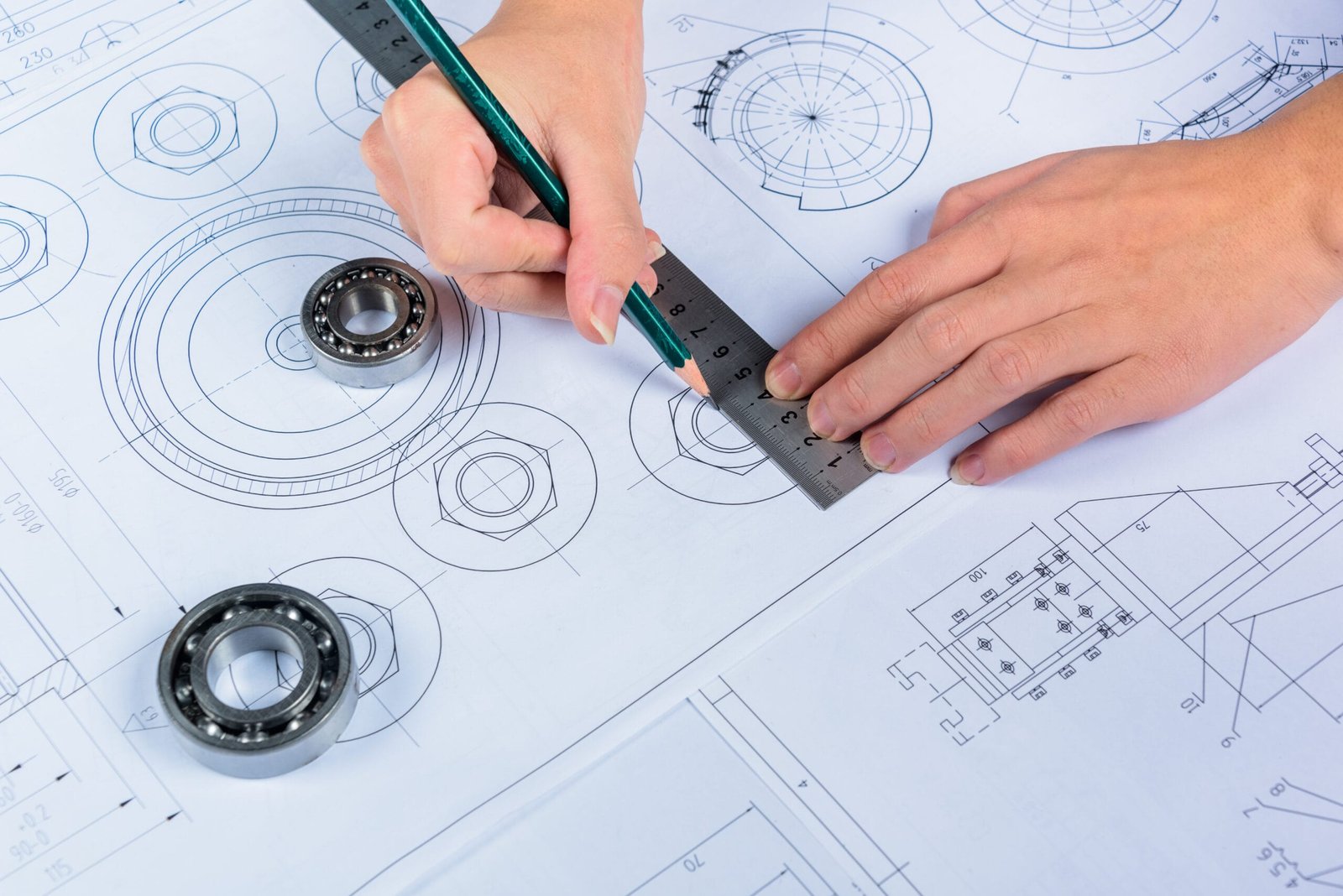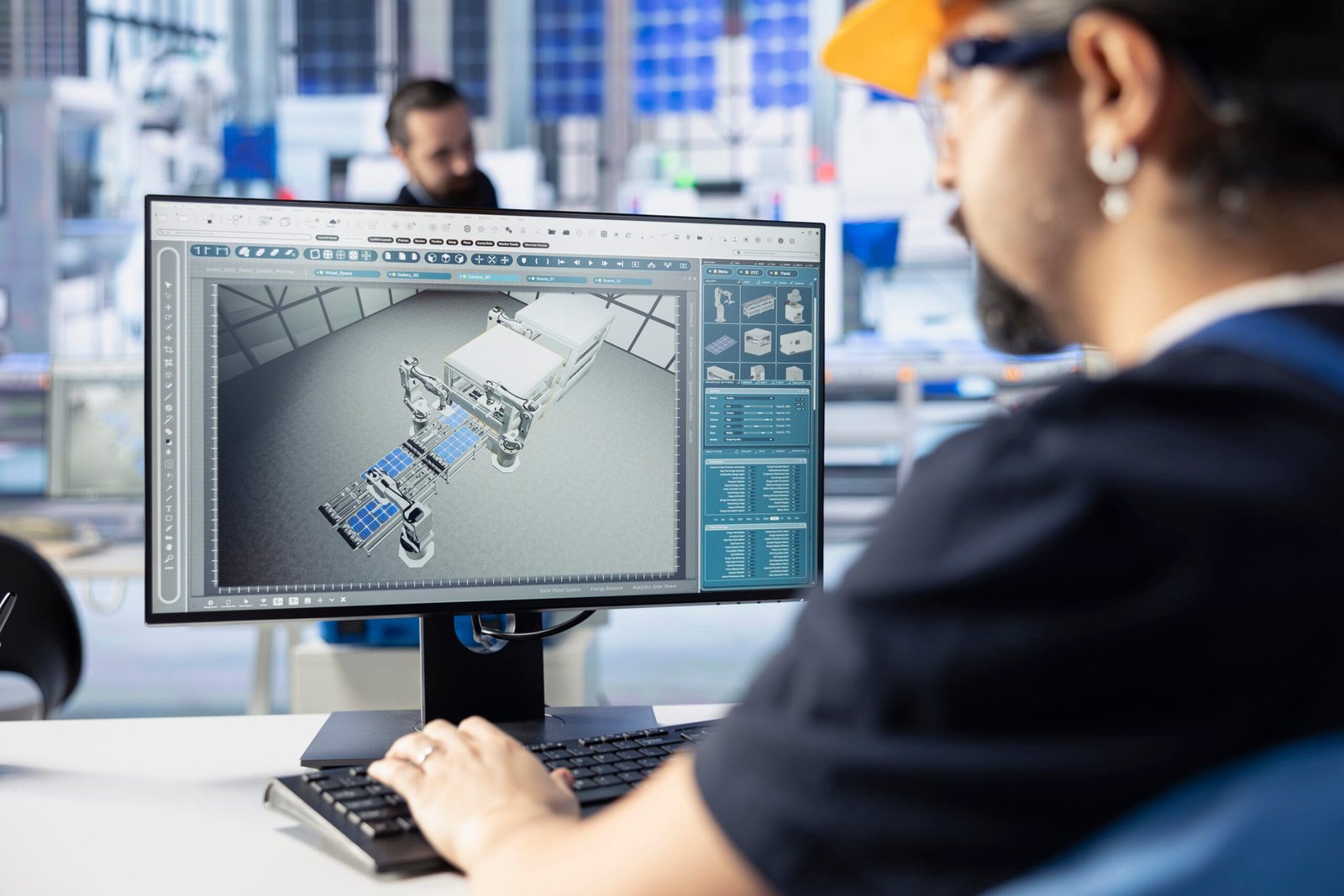Introduction
In today’s competitive design and engineering landscape, 3D rendering has become a vital tool for visualizing projects and conveying ideas effectively. For a company like Design HOK, which specializes in providing cutting-edge design services, understanding how 3D rendering works is essential for creating impactful presentations and engaging clients. This blog will explore the process of 3D rendering, its applications, and how Design HOK leverages it to deliver outstanding results.
What Is How 3D Rendering Works for Design HOK?
3D rendering is the process of transforming 3D models into lifelike images or animations by applying textures, lighting, shadows, and effects. This process allows designers and engineers to present their ideas in a visually compelling way, helping clients visualize the final product before it is built.
The 3D Rendering Process
The How 3D Rendering Works for Design HOK involves multiple stages, each contributing to the creation of realistic and detailed visuals. Here’s how it works:
1. Modeling
- The process begins with creating a 3D model using computer-aided design (CAD) software.
- The model serves as the foundation, representing the physical structure or object in a virtual space.
- Tools like AutoCAD, SketchUp, or Blender are commonly used for this step.
2. Texturing and Materials
- Textures and materials are applied to the model to simulate real-world surfaces like wood, metal, glass, or fabric.
- The material library or custom textures are used to achieve the desired look.
- This step gives the model its characteristic appearance, making it look natural and realistic.
3. Lighting
- Proper lighting is crucial to creating lifelike renders.
- Designers use various lighting techniques, such as ambient, directional, or spot lighting, to highlight the model’s features.
- Shadows, reflections, and refractions are also adjusted during this stage.
4. Camera Angles
- Camera placement determines how the final image or animation is viewed.
- Strategic camera angles help emphasize important details and create a compelling visual narrative.
5. Rendering
- The rendering engine processes all the above elements to generate the final image or animation.
- Depending on the complexity, rendering can be real-time or take hours for high-resolution outputs.
- Software like Lumion, V-Ray, or Arnold is often used for advanced rendering.
6. Post-Processing
- After rendering, the output is refined using postprocessing tools.
- Adjustments like color correction, adding effects, and enhancing details are made to achieve the final polished result.

Applications of How 3D Rendering Works for Design HOK
Design HOK uses 3D rendering across various projects to create immersive visual experiences. Some key applications include:
1. Architectural Visualization
- Rendering helps clients visualize buildings, interiors, and landscapes in a realistic manner.
- It allows stakeholders to evaluate designs, layouts, and materials before construction begins.
2. Product Design
- For product development, How 3D Rendering Works for Design HOK showcases designs in detail, highlighting features and materials.
- It assists in marketing by creating appealing visuals for promotional materials.
3. Mechanical Design
- Complex machinery and mechanical components are rendered to illustrate functionality and assembly.
- This process aids in technical presentations and client demonstrations.
4. Marketing and Advertising
- 3D rendering creates visually stunning content for advertisements, brochures, and digital campaigns.
Benefits of 3D Rendering for DesignHOK
1. Enhanced Visualization
- 3D rendering bridges the gap between imagination and reality, enabling clients to see how the final product will look.
2. Better Decision-Making
- Realistic renders help clients make informed decisions regarding design elements, materials, and finishes.
3. Cost and Time Efficiency
- Identifying potential design flaws early reduces costly revisions during production.
4. Client Engagement
- High-quality visuals create a lasting impression, improving client satisfaction and trust.
How Design HOK Excels at 3D Rendering
Design HOK employs cutting-edge technology and a skilled team to deliver exceptional 3D rendering services. The company follows a collaborative approach, ensuring every project aligns with the client’s vision. With expertise in various rendering software and a focus on innovation, Design HOK consistently produces high-quality renders that exceed expectations.

Challenges in 3D Rendering and How Design HOK Overcomes Them
3D rendering comes with challenges, such as:
- Complexity of Models: Handling intricate details can be time-consuming.
- Rendering Times: High-quality renders may require substantial processing power.
- Achieving Realism: Creating photorealistic visuals demands expertise and attention to detail.
Design HOK addresses these challenges by using powerful software, optimizing workflows, and maintaining a team of skilled professionals who are well-versed in the latest techniques.
Conclusion
How 3D Rendering Works for Design HOK is a transformative tool that elevates design projects by creating lifelike visualizations. At Design HOK, 3D rendering is more than just a technical process—it’s a means of turning ideas into compelling visual narratives that inspire and engage clients. By combining creativity, technology, and expertise, Design HOK ensures that every project stands out in its presentation and execution.
FAQs
1. What software does Design HOK use for 3D rendering?
Design HOK uses industry-leading software such as AutoCAD, Lumion, and V-Ray to create high-quality 3D renders.
2. How long does the 3D rendering process take?
The time required depends on the complexity of the project. Simple renders may take a few hours, while detailed and high-resolution renders can take days.
3. Can 3D rendering show different material options?
Yes, 3D rendering allows designers to apply various materials and finishes to a model, helping clients visualize multiple options.
4. Is 3D rendering only for large projects?
No, 3D rendering is suitable for projects of all sizes, from small product designs to large architectural developments.
5. How does 3D rendering benefit clients?
3D rendering provides clients with a clear and realistic understanding of the design, enabling better decisions and fostering confidence in the project’s outcome.





